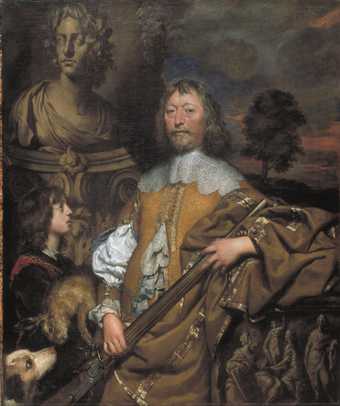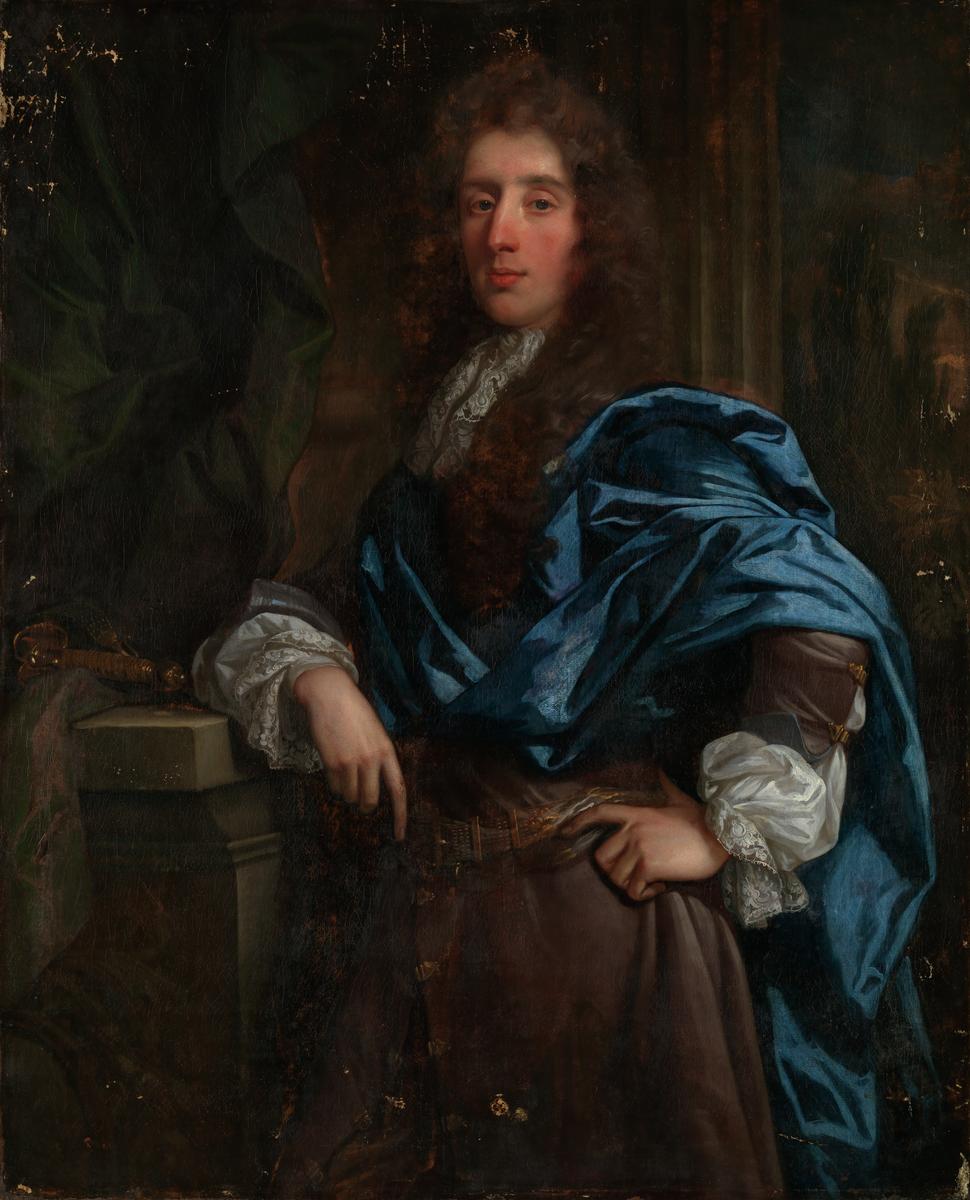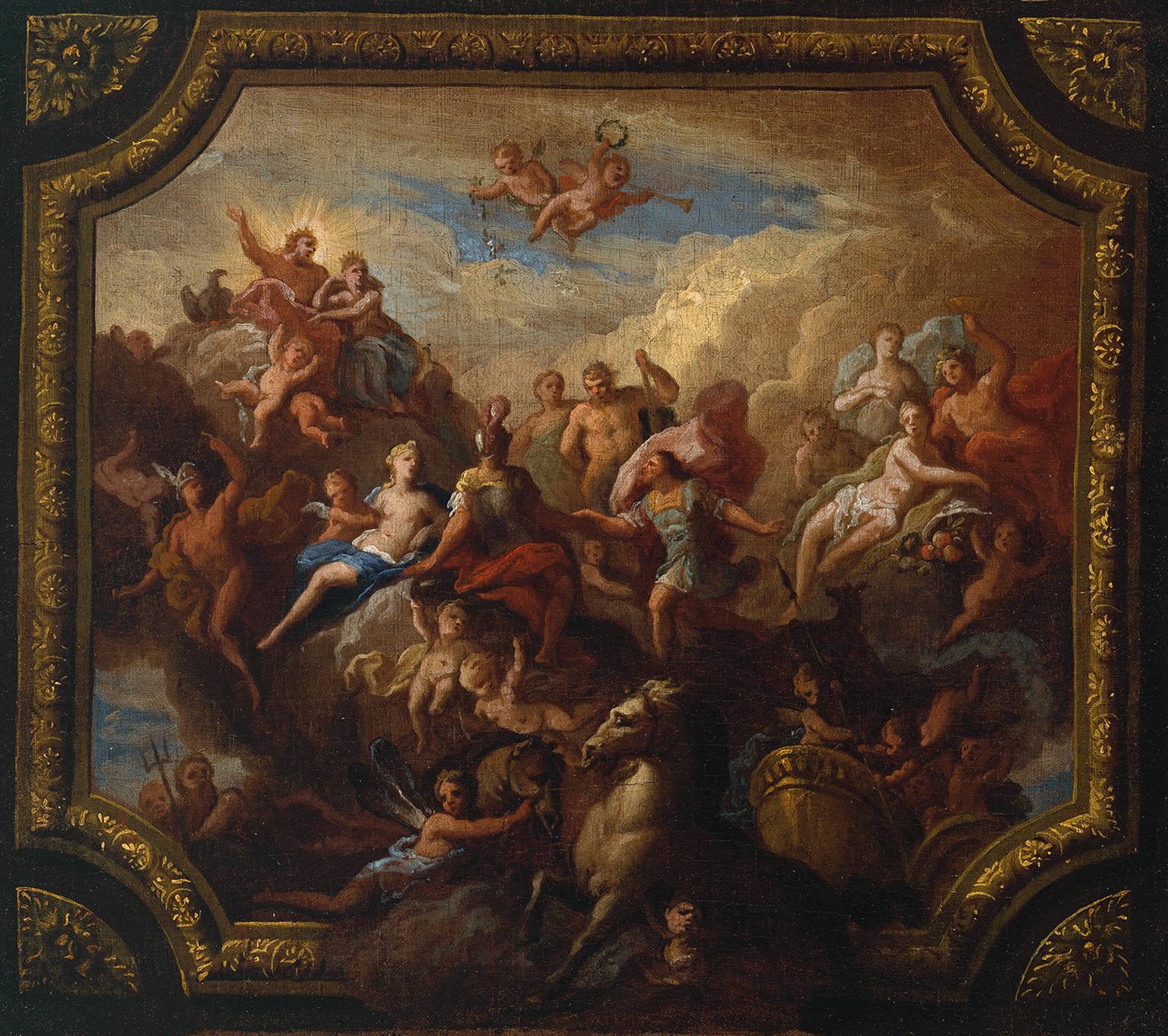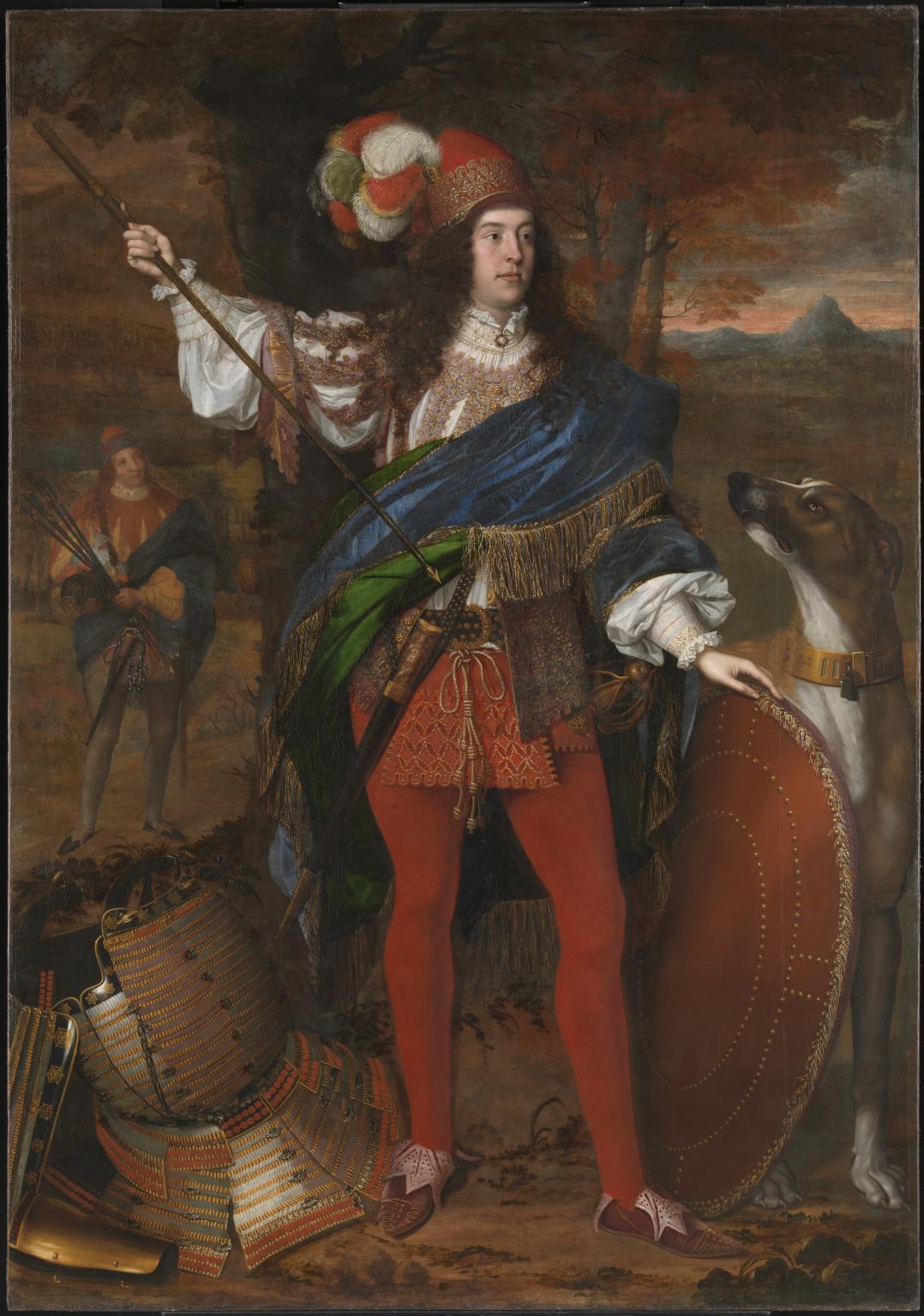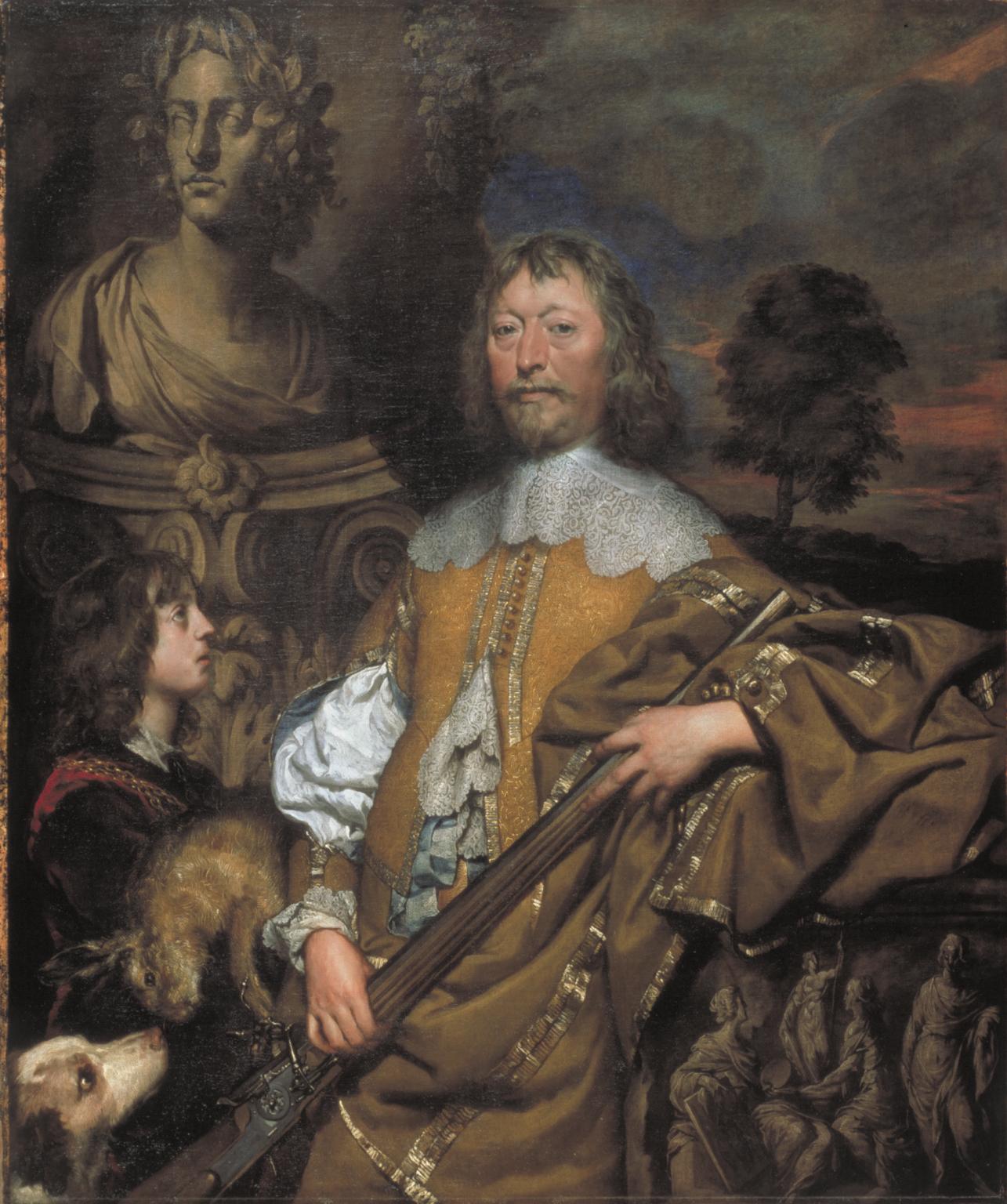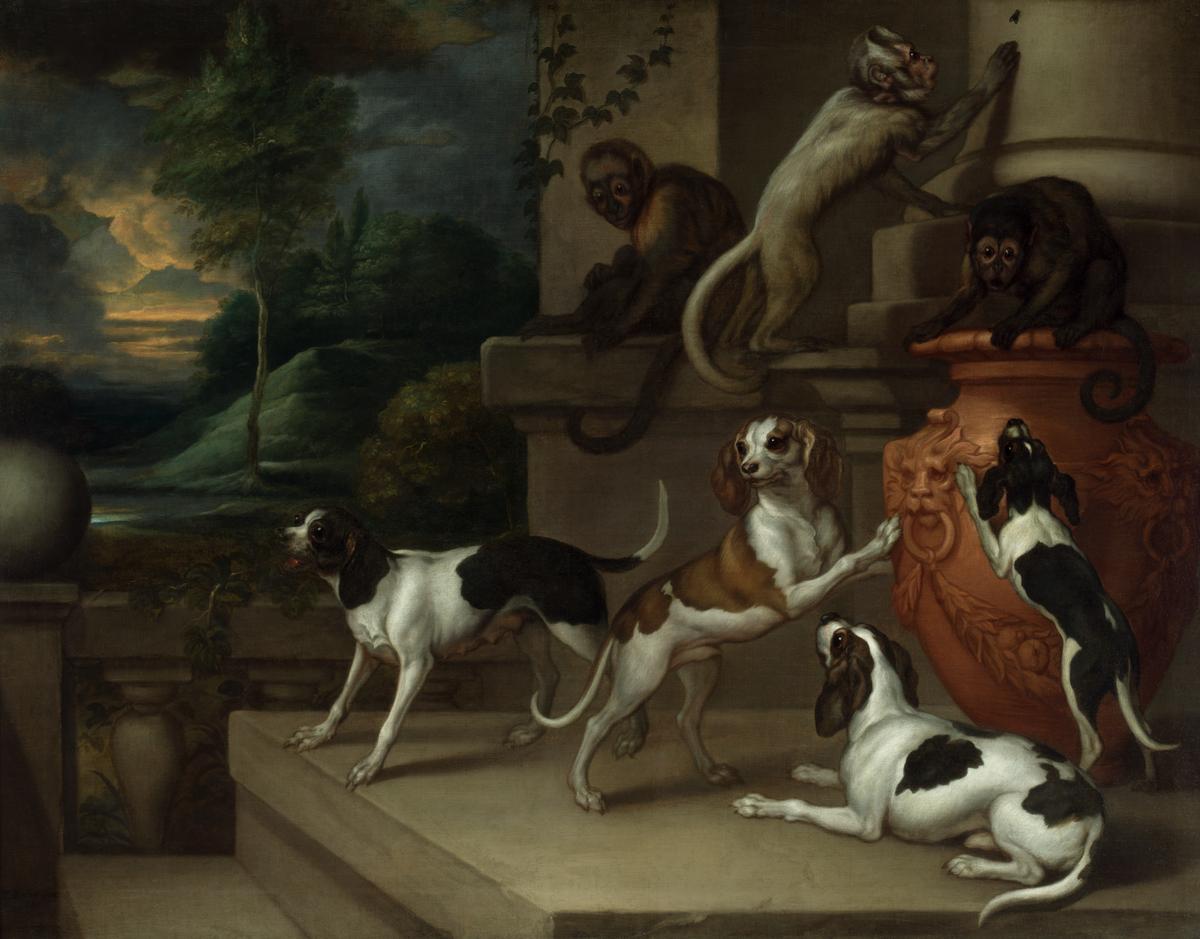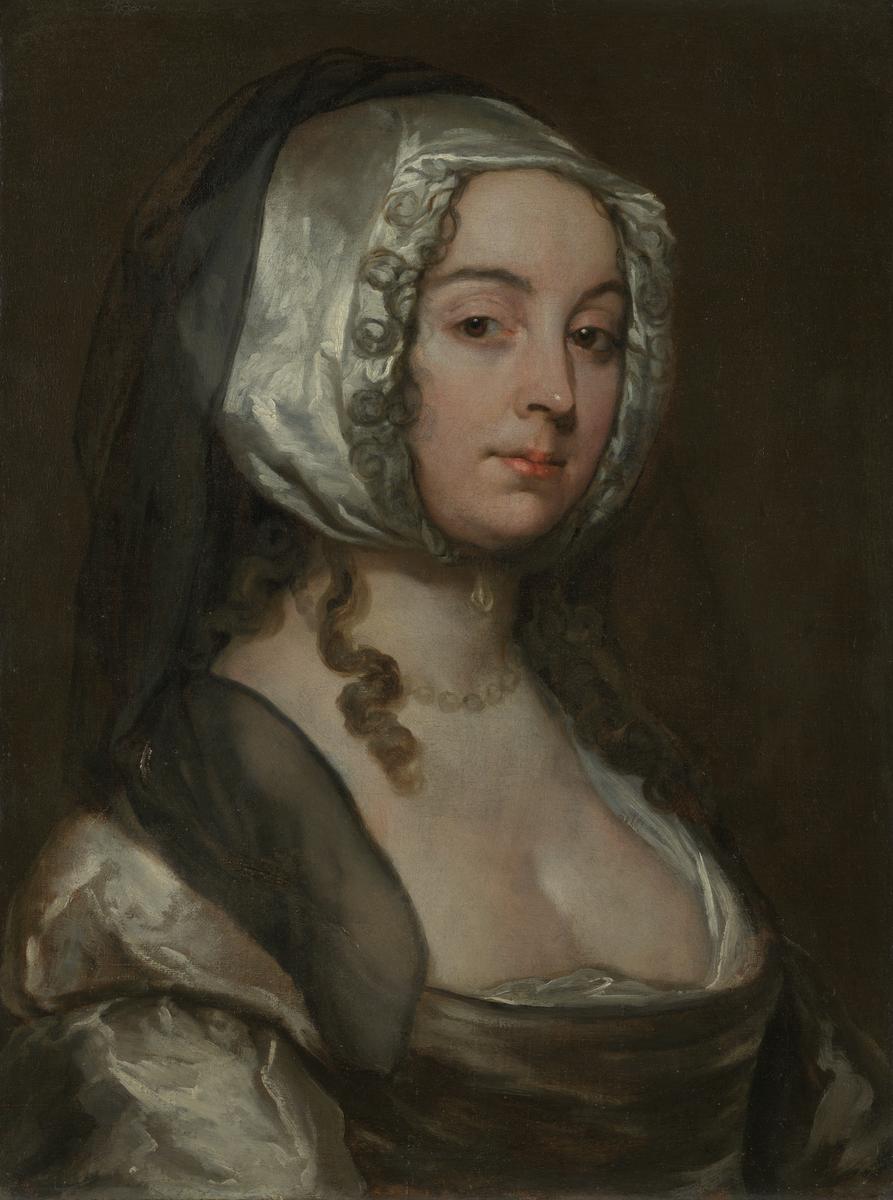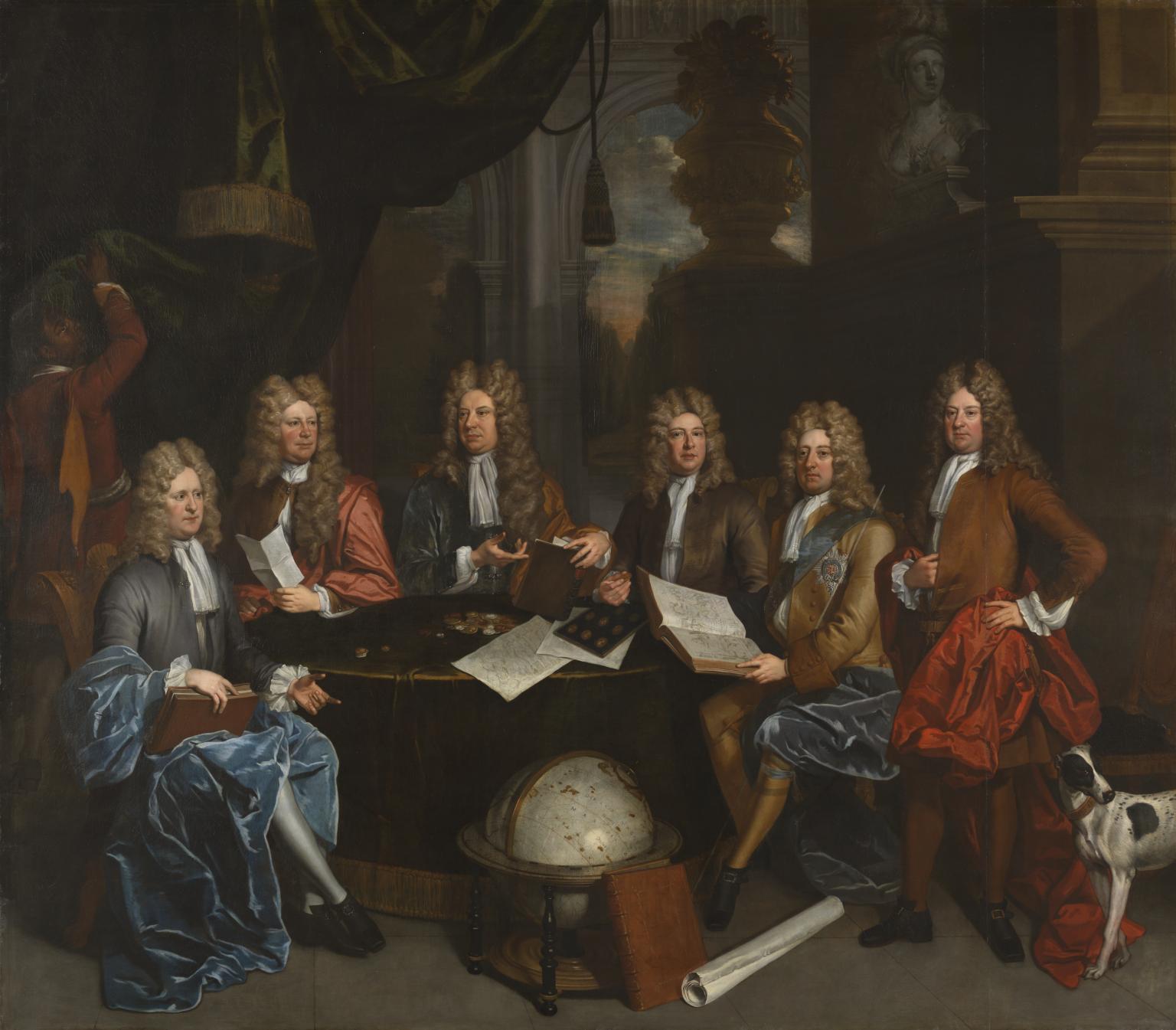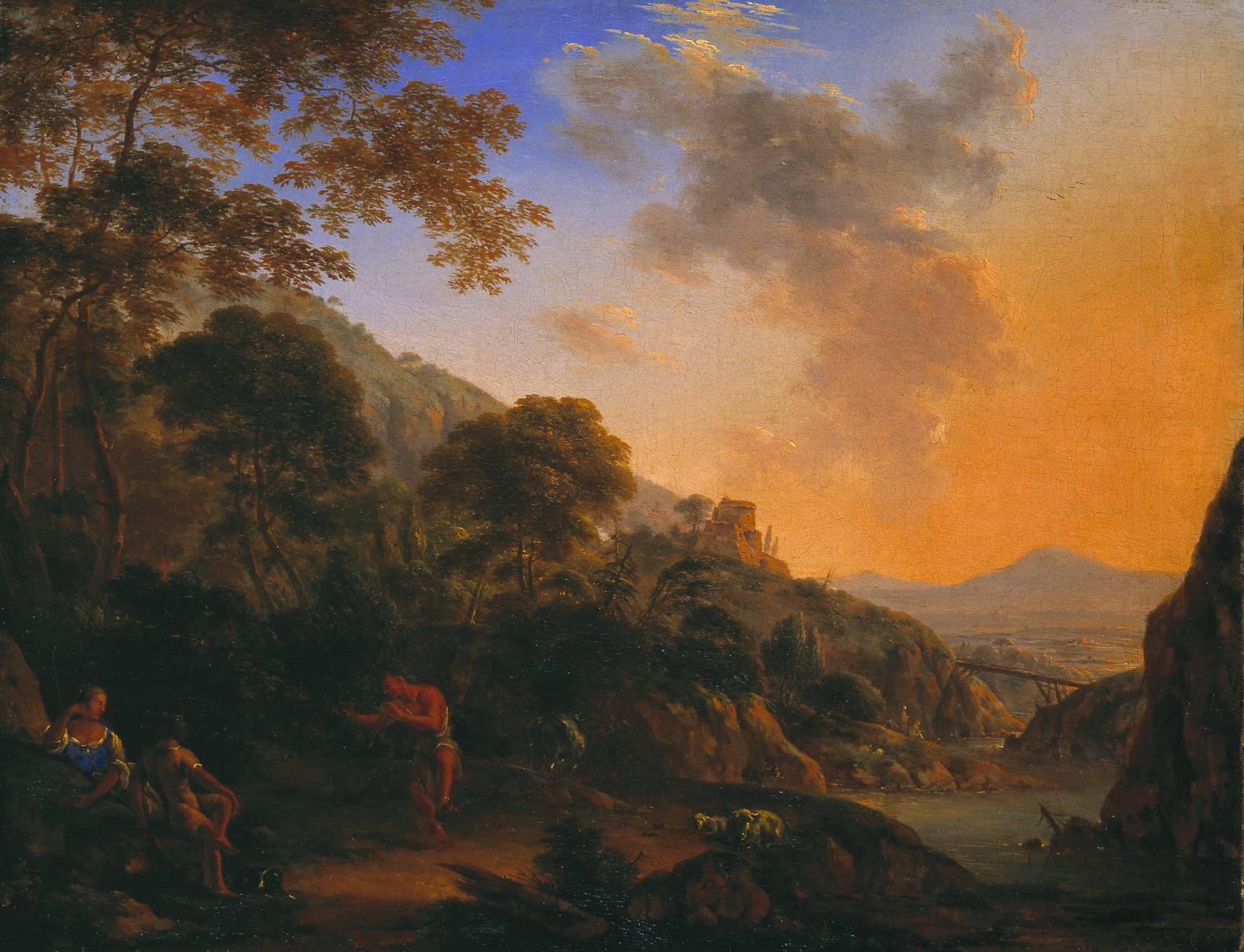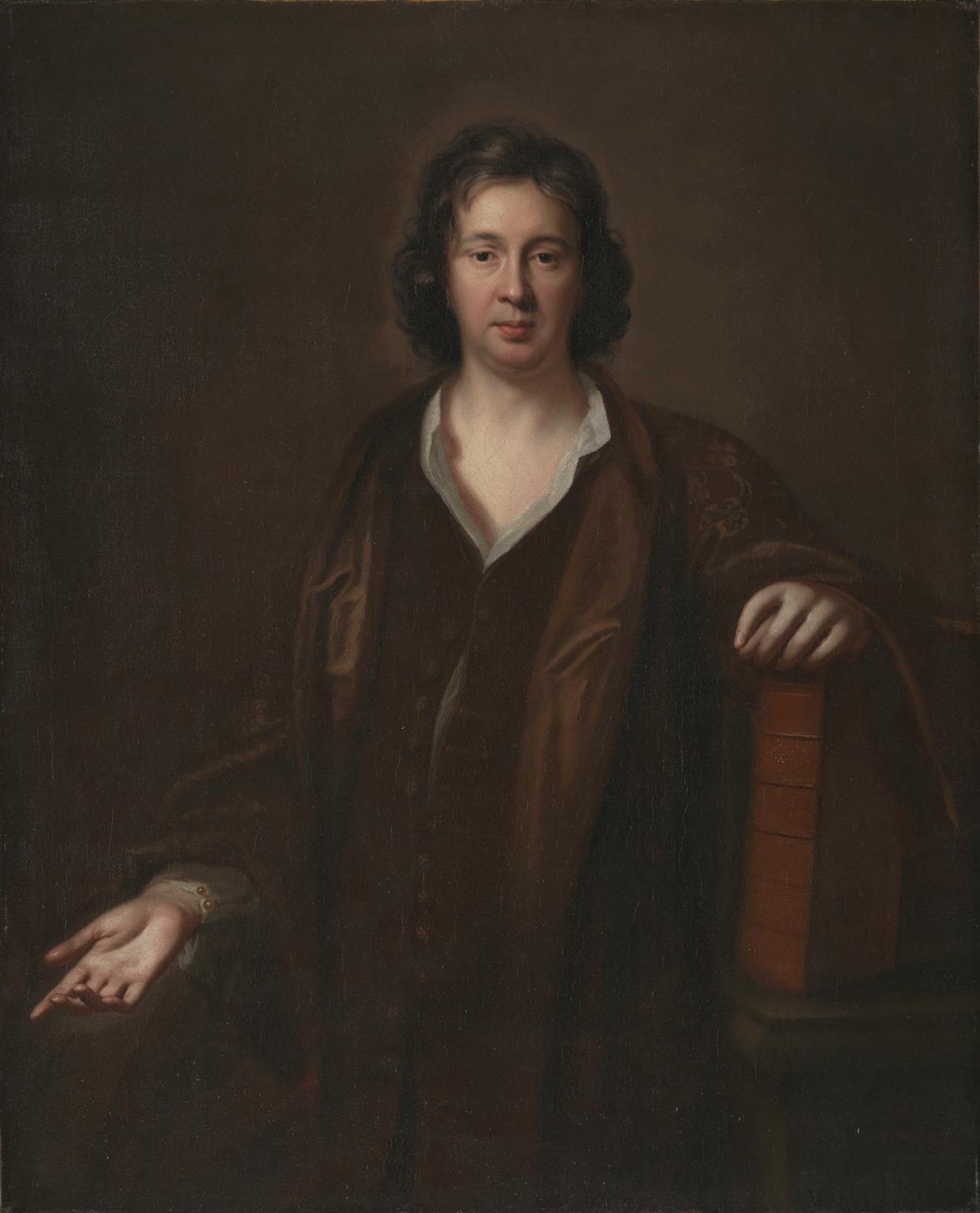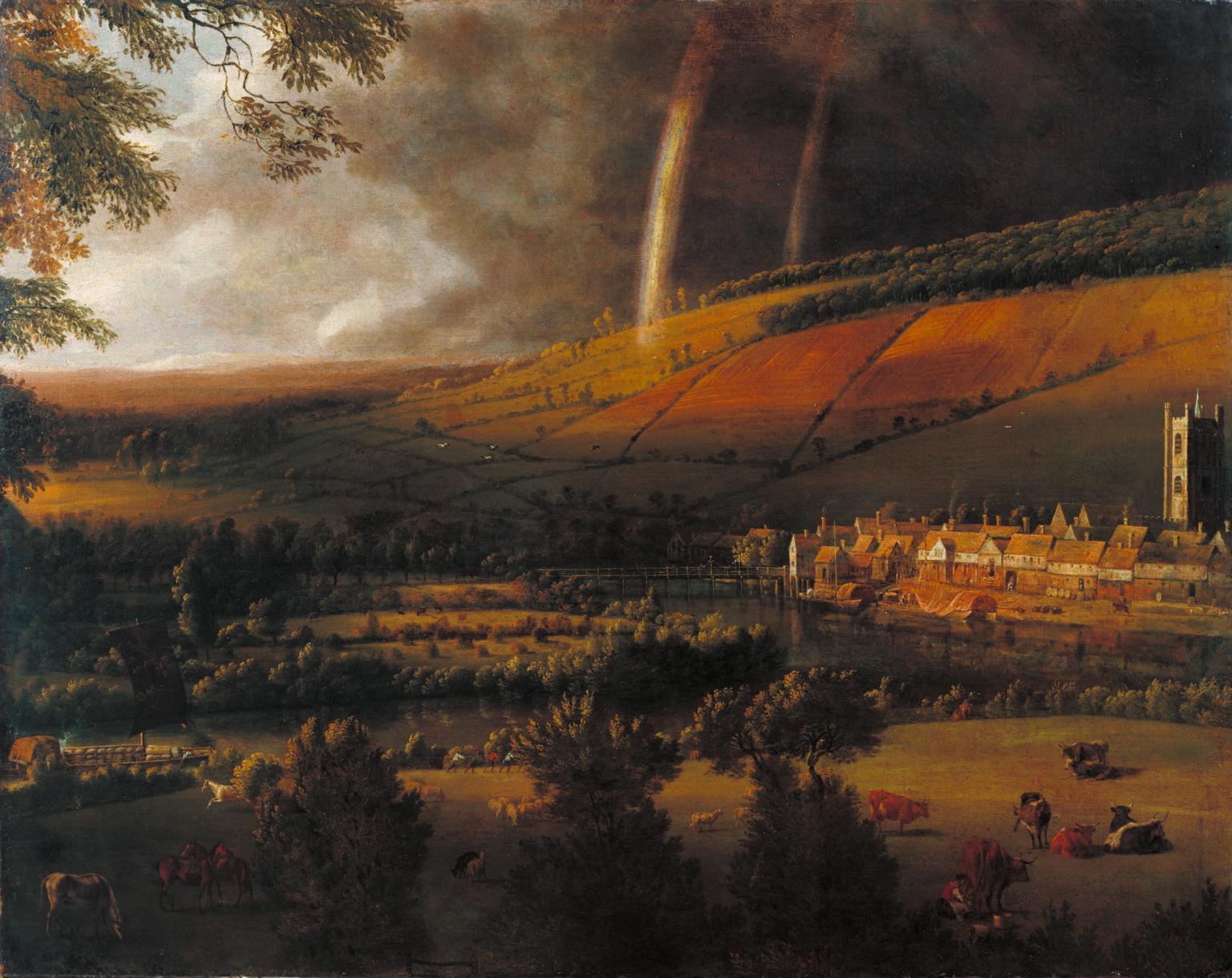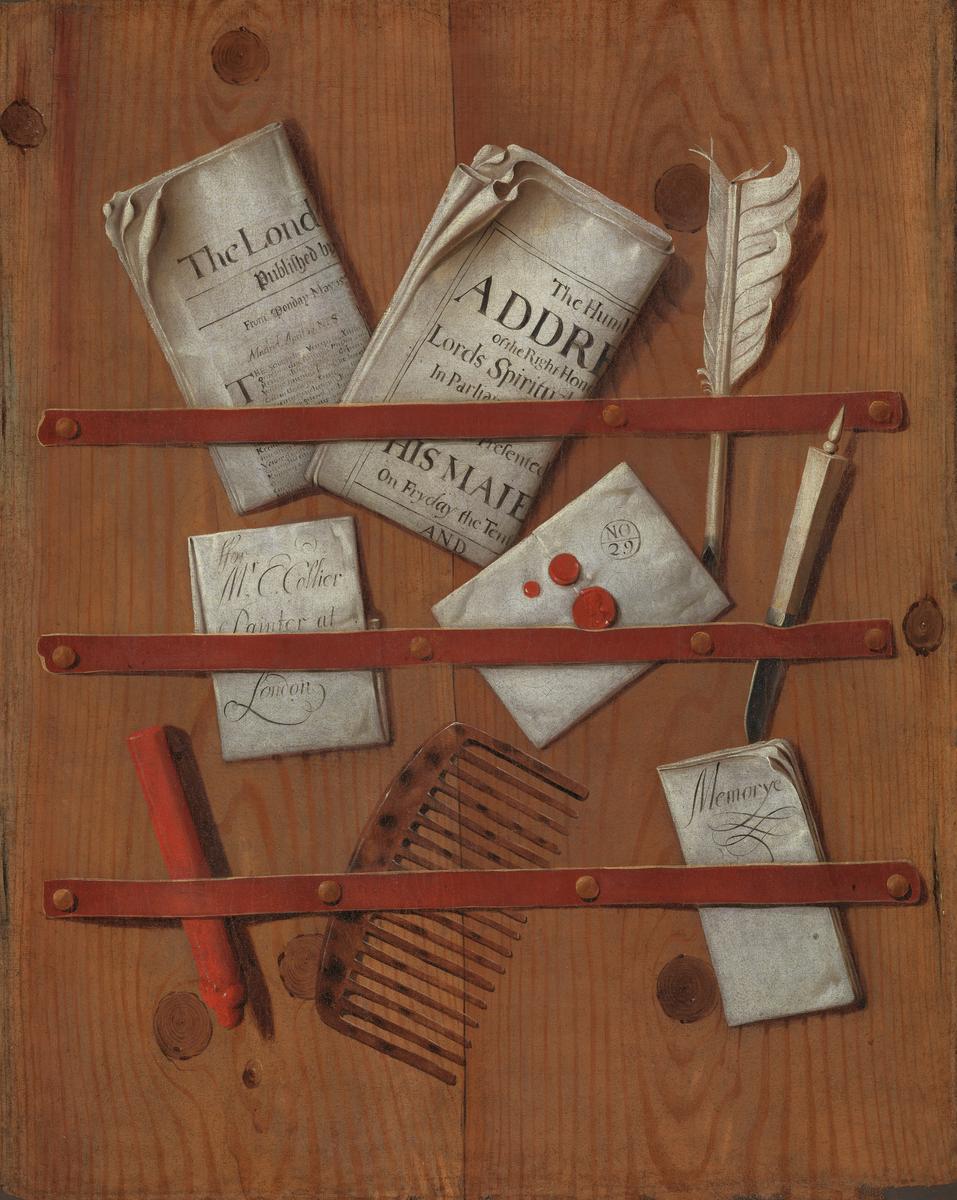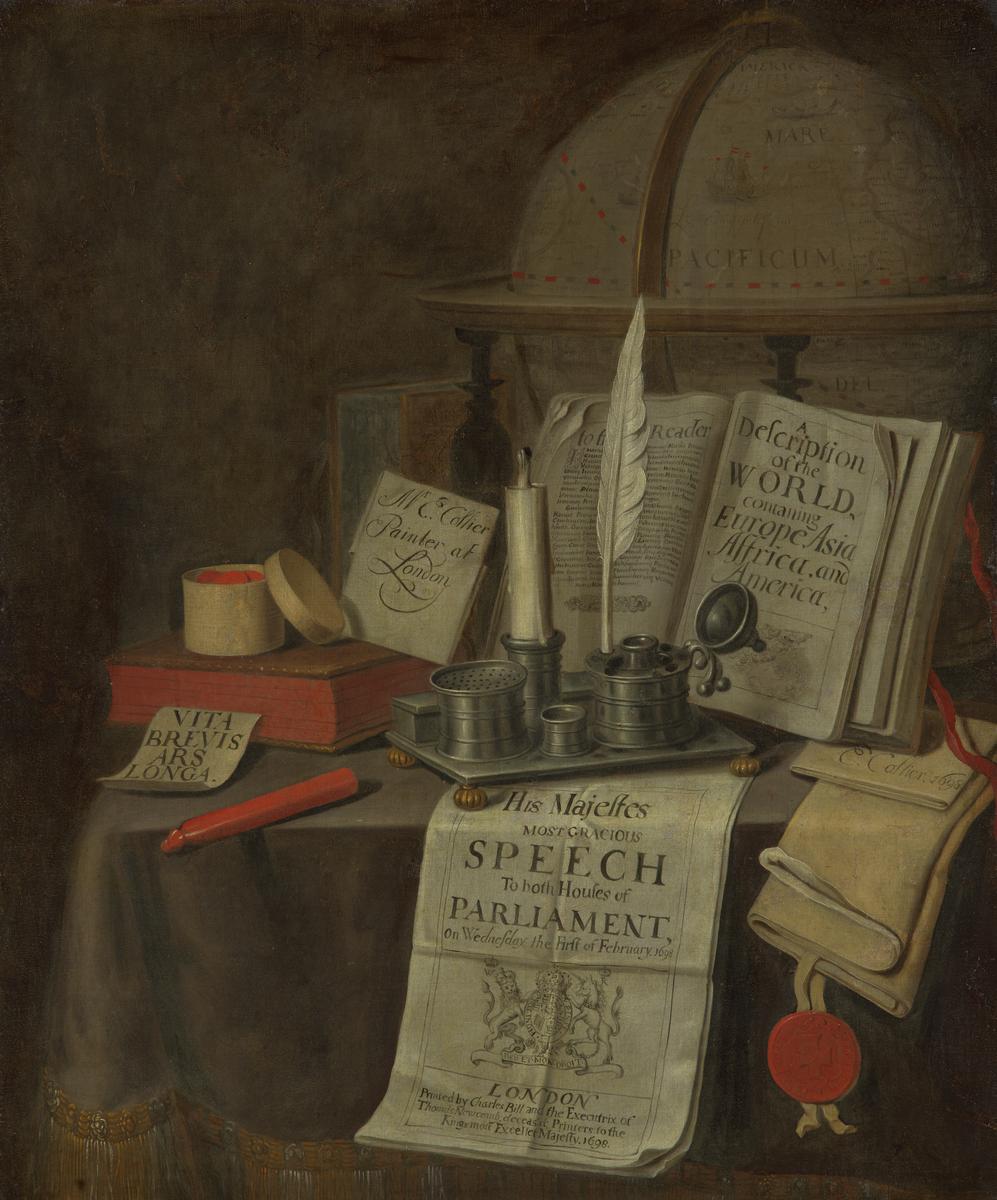17 rooms in Historic and Early Modern British Art
This is a time of profound change: civil war, regicide and political revolution take place. New ideas are born and new kinds of art flourish
Civil war breaks out in 1642, leading to the execution of Charles I and a decade of strict Puritan rule under Lord Protector Oliver Cromwell. After Cromwell’s death, the monarchy is restored in 1660 and Charles II becomes king. Some of the most talented artists in Britain thrive amid this turmoil, such as the Dutch painter Peter Lely, who is an official portraitist to Charles II. Other artists fall in and out of favour as the world around them is reshaped.
Across the globe, England starts to expand its colonial interests through the conquest of Ireland and Jamaica. The Anglo-Mughal War signals growing ambitions in India. The Hudson’s Bay Company challenges French dominance over parts of North America, while the Royal African Company formalises the early transatlantic slave trade, with profits going to the monarch. At home, the ‘Glorious Revolution’ of 1688 gives birth to party politics. The Act of Union between England and Scotland in 1707 creates The Kingdom of Great Britain.
Amid these profound social and political changes, art in Britain is also being transformed. A new professional class now has enough money to buy paintings. To appeal to this new audience, artists from the Low Countries introduce new genres such as landscape, still life and battle painting. There are also more British born painters, fuelling arguments for a new ‘British school’ of art. For the very first time, these include successful professional women painters, most notably Mary Beale.
Art in this room

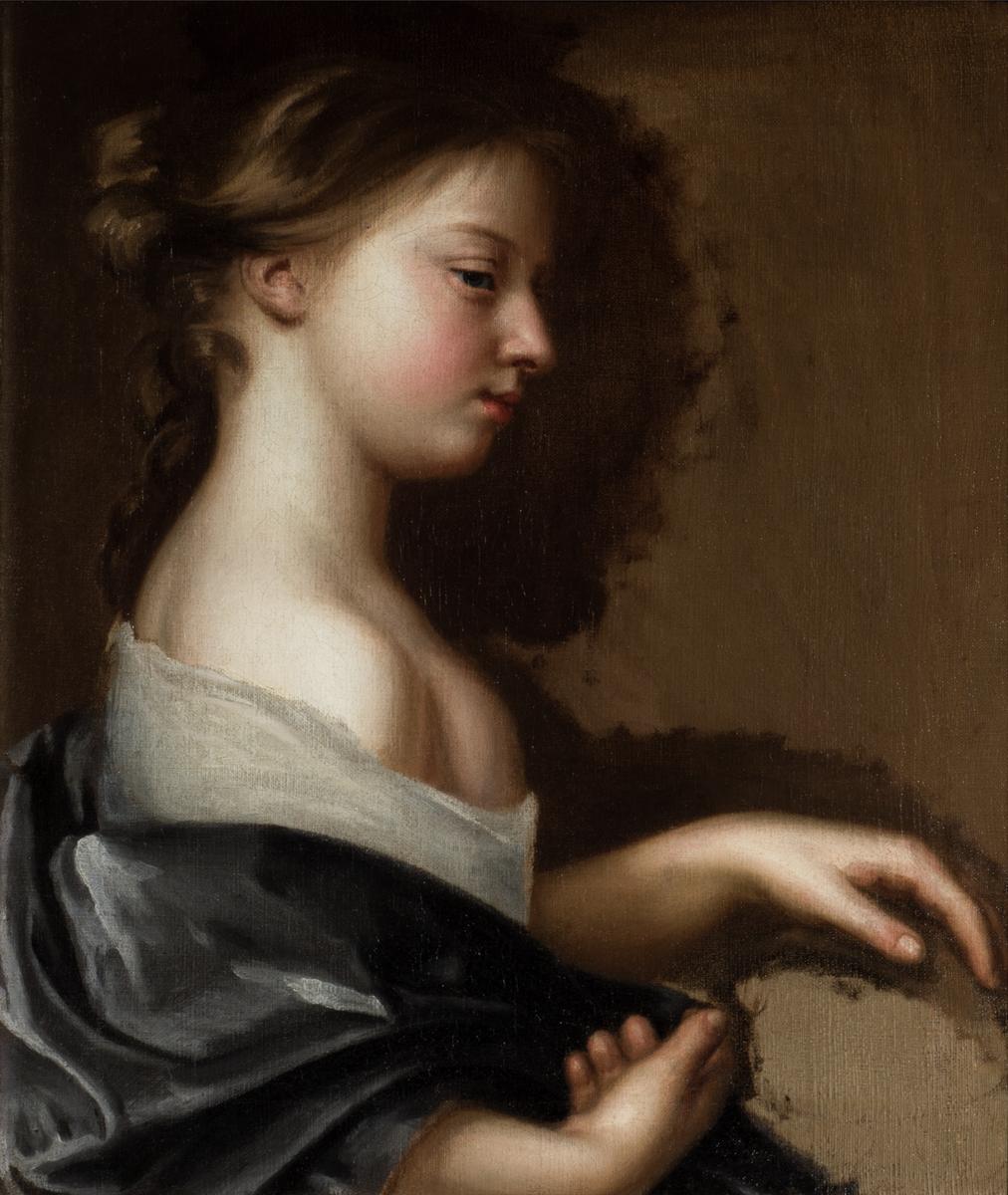
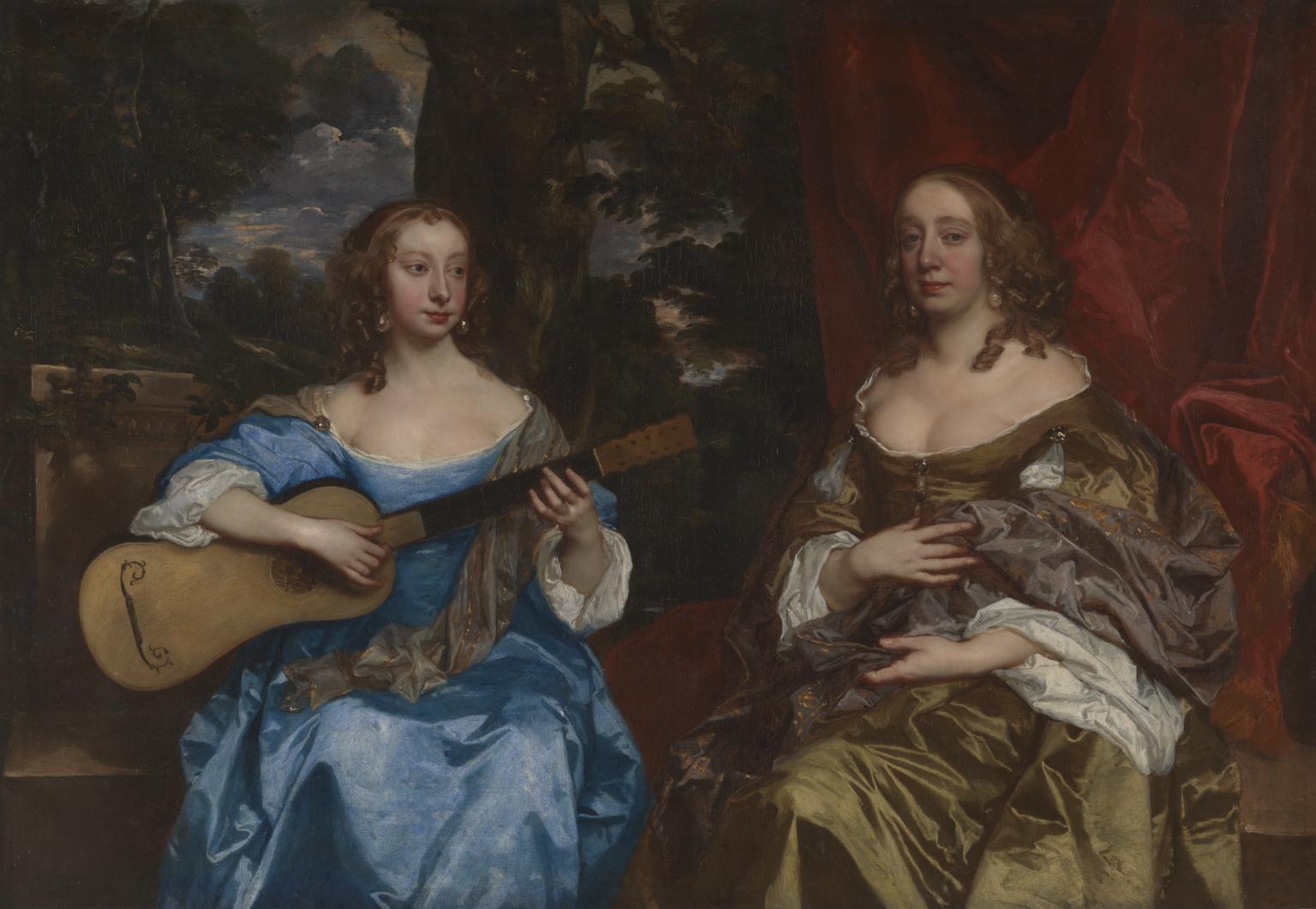

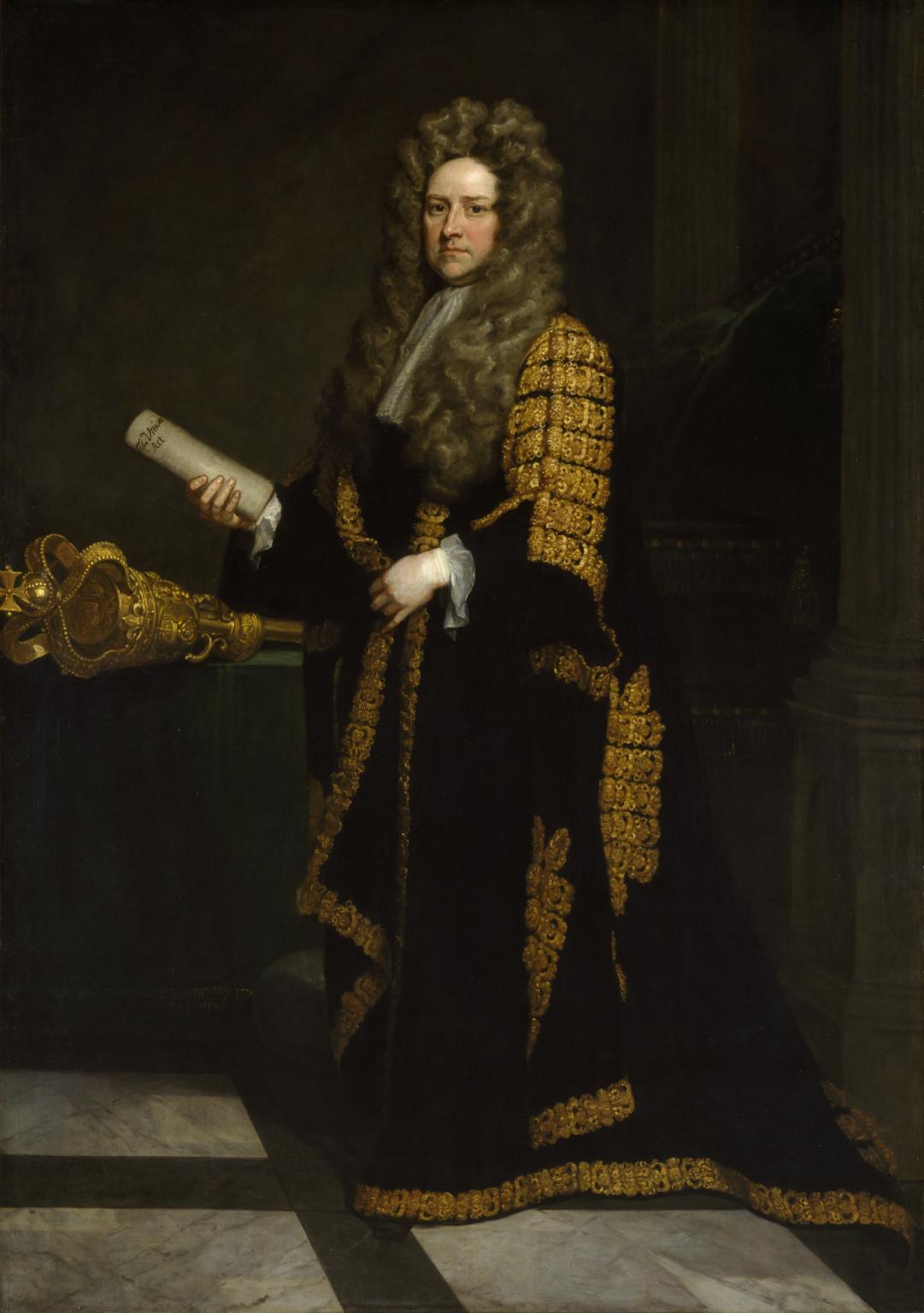
Sorry, no image available
You've viewed 6/19 artworks
You've viewed 19/19 artworks

